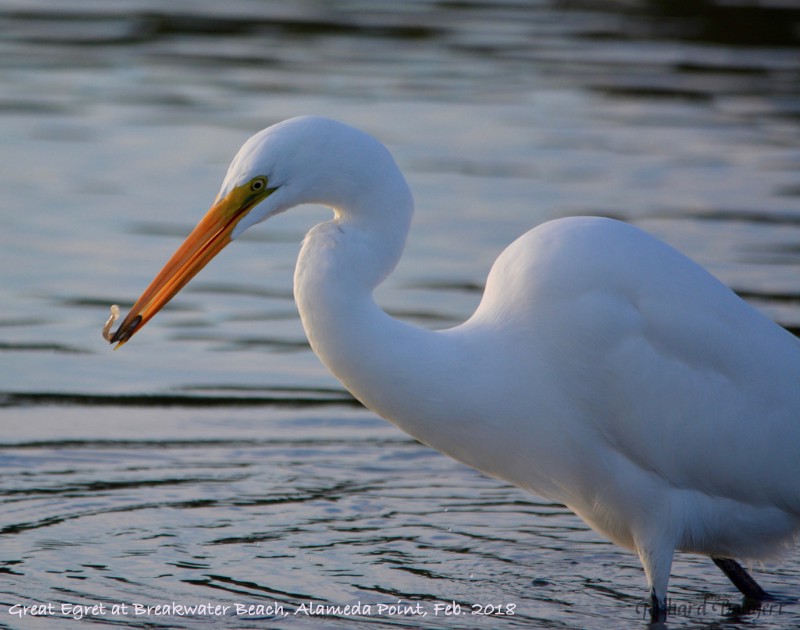Originally published on Medium
Every year in September, around the anniversary of 9–11, Bay Area SWAT teams, along with occasional visitors from Bahrain, Hong Kong, Brazil or Israel, gather for the annual training exercise called Urban Shield. All around the Bay Area, they rappell, climb, tackle and shoot at terrorist actors in the nation’s biggest disaster preparedness exercise.
It’s been my privilege to be an observer at Urban Shield for two years running, which I wrote about here and spoke about here. But I didn’t observe one particular exercise last year when simulated improvised explosive devices (IED’s) were set off in a federally protected marine shorebird reserve at Alameda Point. There is a video of the exercise and here it is. This was repeated about 35 times over the course of two days and one night.
If I were a bird, I’d move.
There were, however, a couple of people who did observe this bird sanctuary bombing in real time, including both some upset enviromentalists and Tano Trachtenberg, a legislative staffer for the mayor of the City of Berkeley. Trachtenberg commented to the East Bay Express; “ It could help, he said, if community members and others could ask things like, ‘you sure you want to do an explosive event at a nature reserve?”
The Department of Veterans Affairs, which owns the land, stated in a 2013 Environmental Impact Report (EIR) for Alameda Point that no exercises would be staged on the permanently undeveloped land at any time of year. But they nonetheless allowed the counterterrorism exercise to go on, explaining to the Express that the least tern colony, a federally designated endangered species, leaves the area in August. The Urban Shield exercise is in the first week of September. While we cannot address the issue of tern migration punctuality, the Golden Gate Audobon Society describes the protected land at Alameda Point as one of the most important bird areas in the state, with over 138 different species present including larks, shrikes, avocets, stilts, herons, pelicans, egrets, hawks, falcons, and owls.

After doing a bit of research about who else needed to be asked before setting off IED’s in a bird sanctuary, it turned out that FEMA, an agency within the Department of Homeland Security, had to be asked, in a process called Environmental and Historical Preservation Screening or EHP. So an inquiry was made by Center for Human Rights and Privacy researcher Mike Katz-Lacabe for the Urban Shield EHP screening.
We could not find the Alameda Point dignitary protection exercise (what’s being blown up in the video is an imaginary vice-presidential motorcade) anywhere in the 2018 exercise summary submitted to FEMA. All 57 pages of it.
We did find the Alameda Point exercise in the 2017 exercise summary submitted to FEMA the previous year, but it never mentioned “wildlife”, “birds”, “environment”, “sanctuary”, or the EIR that is in place. Or that a bomb-like IED device will set off 35 explosions in two days, as can be seen on the video. On p.18 , the only reference to mitigation is focused on the SWAT teams themselves, not on the land they are using; “Teams will receive a safety briefing and issued safety protection prior to the exercise”.
FEMA’s EHP Guidelines, which prohibit the release of DHS grant funds without EHP compliance, expressly mention that environmental concerns (as you would expect in an environmental screening) including the presence of endangered species, are relevant.“ If there are environmental concerns at a previously approved facility that would make it ineligible for a three year approval, such as the presence of endangered species or habitat in the vicinity, those concerns will be noted as a condition on the EHP Approval Memo”.
While FEMA is in DC and perhaps less than knowledgeable about California wildlife sanctuaries, the approval forms in both 2017 and 2018 bear the letterhead of CA’s then-governor Jerry Brown, a noted environmentalist, and California’s Office of Emergency Services. The annual exercise is carried out under the auspices of Bay Area UASI, whose approval authority contains representatives from multiple local governments.
This failure of anything that resembles an authentic environmental screening process and which led multiple local, state, and federal agencies to blithely bomb a bird sanctuary is enabled by the lack of transparency around the annual Urban Shield exercise funded by $2 million of your taxpayer dollars.
Another previously unknown exercise detailed in the public records request was held at Genentech in South San Francisco in September of 2018 with live radiological samples and a gunfight with pretend terrorists. The exercise summary to FEMA says (pp 23–24) that the “exposure of participants to radiation will be monitored”. What could go wrong?

The Alameda County Board of Supervisors will shortly be considering some very significant changes in how they utilize funds from disaster preparedness grants. The task force they assembled earlier this year is recommending a change in focus from militarized war games to a whole community approach focusing on preparation, de-escalation and resilience. To follow the progress of the task force, visit this page. To send a note to the Alameda County Board of Supervisors suggesting they support the task force recommendations, click here.

